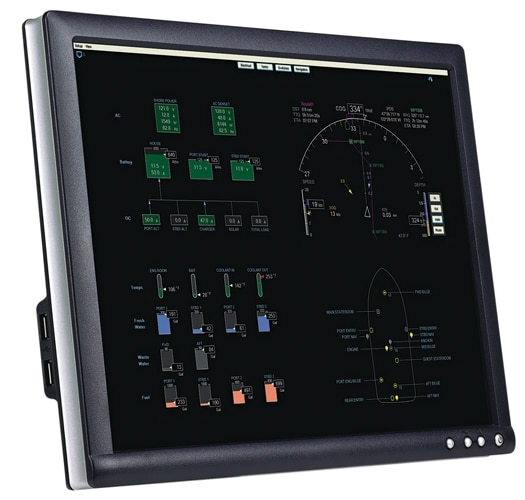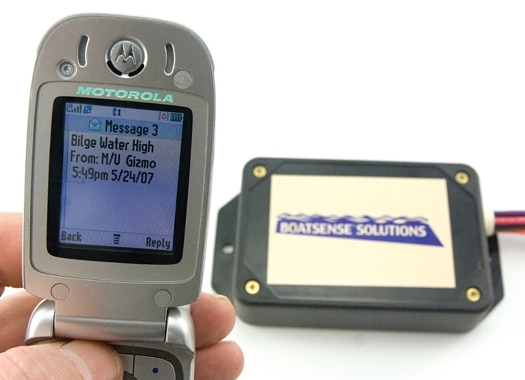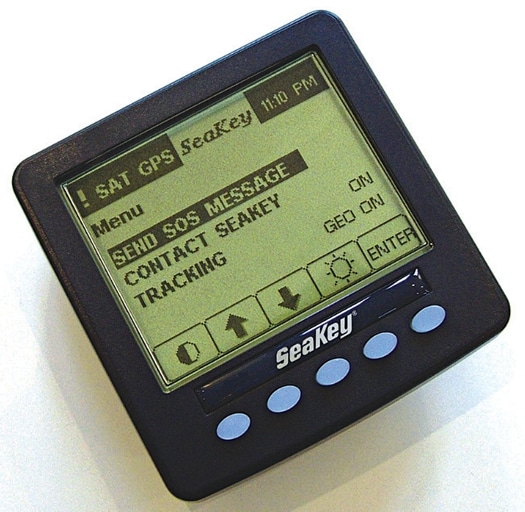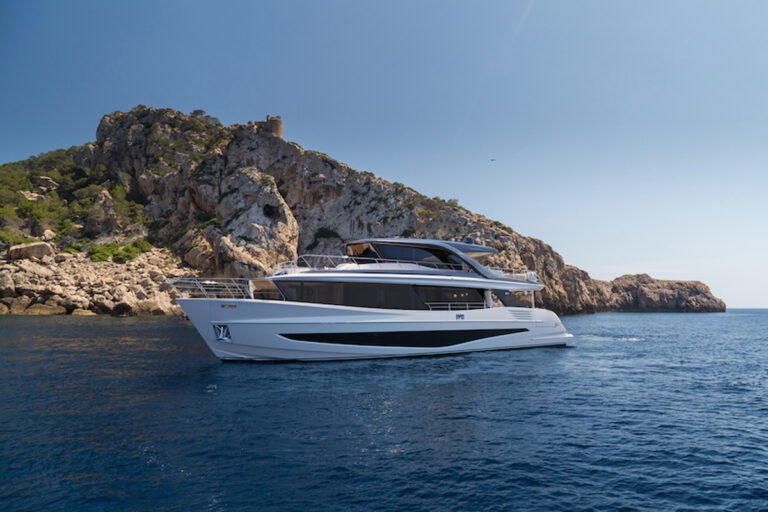
ytgjun09elect525.jpg
While it may be overly anthropomorphic to suggest that selfaware yachts are happier yachts, it is their owners who often shed anxieties they didn’t even know they had! I know skippers who were amazed by the level of relief they felt when a new off-boat monitoring system first e-mailed them to report that all was well at some far off dock or mooring. Dig deep-you too may know those irksome little voices: “Did she part a line in that blow last night?” ”What about that seacock with the hose that needs replacing? Did I really shut it off?” ”Are those creeps who were eyeballing my sweetie yesterday joy-riding on her today?” and so on.
While it’s the insidious sort of feeling that easily slips into denial, one dark side of yacht ownership is worry about your vessel’s well-being when you’re not around-a worry that’s often in inverse proportion to love felt when you are. Pardon the psychobabble, but that’s the core argument for installing one of the many available off-boat monitoring systems: Deep down you’ll feel better knowing that your boat is okay-plus, should something actually go wrong, you’ll hopefully have time to remedy the situation. Unfortunately, this is a complex and fast-evolving marine electronics niche, and you’ll have to endure some technobabble to get a grip on what’s possible. Boatsense Solutions (www.boatsensesolutions.com) is a great place to begin, because it’s pretty straightforward, relatively speaking.

| | |
That waterproof black box I tested in 2007 has connection wires for 12v power and up to four on/off sensors like high bilge and temperature alarms. It also contains a rudimentary GSM cellular modem and enough microprocessor power to decode commands received as text messages and to send out text messages when the connected sensors change status, or if you just request assurance. The hardware costs $714 and a $180 annual subscription includes up to 20 messages a month copied to as many as three cell phones. End result: That bad hose fails, the water rises, the switch closes, and the Boatsense box texts you, a boating friend, and maybe your marina manager.
But what if you don’t “do” text, or all three of those cell phones happen to be shut off? Enter the 24/7 call center, which may be best exemplified by SeaKey (www.seakeyna.com). For $30 per month, SeaKey personnel stand by to receive alarms from SeaKey hardware ($2,000) installed on your boat, and to take action-be that calling the Coast Guard, a marina, or the police. Police? The SeaKey system, you see, also includes an always-on and discreet GPS-most off-boat monitoring systems do, including a new Boatsense model-and lets users set what’s called a “geo-fence.”
Geo-fencing means that you can set parameters, usually at a private web page, about just where your boat can go before the monitoring system worries about her on your behalf. The same GPS/communications system can also help the authorities quickly locate a stolen boat, much to the surprise of some thieves, and the pleasure of some owners. Insurance companies have noticed how well this can work too, and some offer monitoring-system-related discounts. And there are other benefits to having a boat that can regularly tell a Web server where it is. If you’re a SeaKey customer, for instance, you can give friends and family access to online mapping that tracks your voyages in near real time.
SeaKey’s call center is also available for concierge services like booking a marina slip, either via phone or the simple two-way messaging built into its control head. Another underway SeaKey benefit is that the same head can report the very problems-such as “high bilge!”-that you’d want to know about ashore. So what we’re seeing here is that straightforward off-boat monitoring lends itself to all sorts of related features and services.

| | |
The truth of that concept can be easily confirmed by visiting the website of Paradox Marine (www.paradoxmarine.com). This company originally modified a high-quality home security system to monitor your boat when you’re onboard or off. That system, Marine Magellan, is very much alive and features easy-to-install wireless sensors and a control head that can report alarms “with a personalized voice message.” Paradox now also distributes and/or develops an interesting variety of related monitoring and security products, and invariably has something innovative to dazzle boat show visitors.
The latest from Paradox is Marine Watch-Mate, which adds up to four video cameras to a conventional suite of system and security sensors. The video, live or recorded, is available on board, at a private website, or on your smartphone. You can even control cameras from a phone, and use WatchMate to turn on lights and AC before you arrive at the boat.
Many of these features, and more, have been available on megayachts for some time, usually provided by glass-bridge system integrators like Palladium Technologies (see “New Electronics” on page 78). Fortunately, the glass-bridge concept is moving into midsize yachts, and with it comes the most deeply integrated off-boat monitoring. A good example is the work of Krill Systems (www.krillsystems.com). Krill’s sensor pods and dedicated low-power PC collect data all around your boat, mix in what’s also available on NMEA 0183 and 2000 networks, add near-infinite alarm capabilities, and present it all in a series of handsome screen pages.
The same Krill screens are also available to a boat owner ashore. In fact, at one show Krill was demonstrating this feature using a willing customer’s actual boat, as the customer was cruising aboard, and thus we found ourselves in a Ft. Lauderdale booth watching, via precisely monitored black tank levels, a head being flushed on Puget Sound. There’s really no end to what’s possible. A recent Krill software update includes graphic trend analysis and cautionary notifications-better to know that your bilge pump is working overtime than wait for that high bilge alarm-and newcomer TTA Marine (www.ttamarine.com) will “soon” introduce a system that includes hourly engine oil analysis.
Deeply integrated glass-bridge-style offboat monitoring is also being developed by Maretron, and probably by companies I don’t know yet, or can’t remember. Another complexity of the whole yacht monitoring and security field is that it’s populated by many smallish companies, instead of a few big ones. In sum, off-boat monitoring is a little paradoxical-it offers peace of mind, but first you’ll have to twist your mind around the plethora of technologies and services available.









